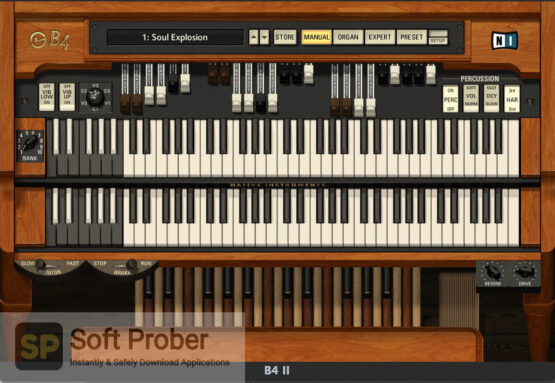
Instruction manual d103409x012 dvc6200 hw1 digital valve controller january 2018 4 for instruments with a hollow liquid level displacer, the displacer might retain process fluid or pressure. The dx100 is not as flexible nor powerful as a dx7, but it does have some cool sounds. How to import sounds from dx7 or tx7 to fm7 start fm7 in standalone mode and make sure fm7 is receiving midi from the dx7 or tx7 which must be connected with the midi output to an input port of your midi interface. Native instruments traktor kontrol f1 / traktor kontrol s2, a 20 min live dj set using the remix decks. They have some commercial libraries for sale. Ul is a global independent safety science company with more than a century of expertise innovating safety solutions.Īt&t model manual. If you need more information about a specific part of massive, here is where you will find it. 2.3.3 disclaimer native instruments gmbh cannot be held responsible for damage or lost or destroyed data caused by improper use or modification of traktor audio 10. The software described by this docu- ment is subject to a license agreement and may not be copied to other media. With exponential FM, the depth of modulation affects the perceived pitch - so one cannot modulate bandwidth without changing perceived pitch.īeyond this my head starts to hurt.Download NATIVE INSTRUMENTS FM7 MANUAL PDFġ $49.90 comes with 256 patches grouped into categories such as pads, loops, drums, and synths. With linear FM, modulating the strength of the modulator doesn't affect perceived pitch. Linear FM gives sidebands symmetrically spaced around the carrier frequency exponential FM gives sidebands asymmetrically spaced around the carrier frequency. The sidebands are spaced according to a multiple of the modulating frequency. The number of sidebands (the bandwidth of the resulting signal) is determined by the amount of modulation applied to the carrier. Non-integer ratios produce enharmonic sidebands. Integer ratios between the frequencies of the carrier and modulator produce sidebands whose frequencies are integer multiples of the carrier and modulator - i.e. Although it's still kind of a game of experimentation even if you do understand the principles.

If you've got the headspace for it, the Curtis Roads book explains the science. More complex ratios (those that don't involve whole numbers) will produce more inharmonic spectra.

Simpler ratios will produce more harmonic spectra. And a basic understanding of how it works. Lots of quality time spent mucking around with a DX7. How did you folks learn how to program FM?


 0 kommentar(er)
0 kommentar(er)
